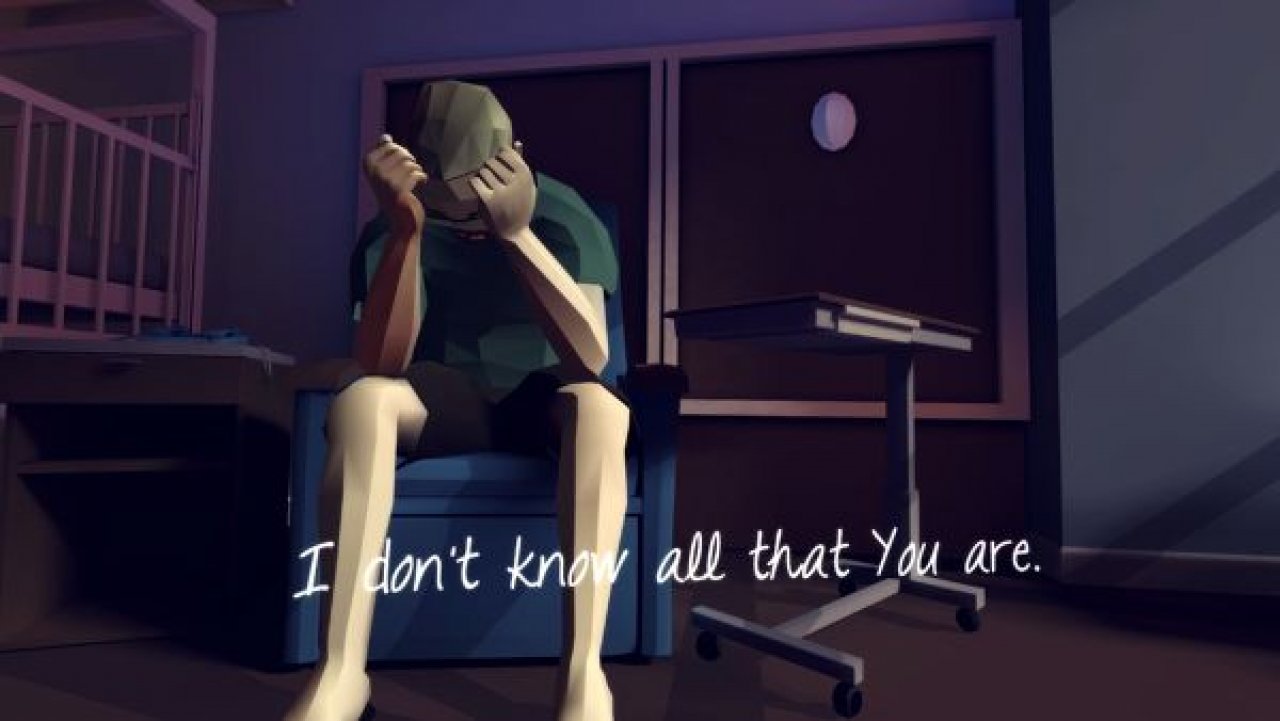The introduction of cinema into the world was probably not quite how most people imagine it.
No it wasn't some grandiose premiere filled with the rich and powerful. It wasn't some 3 hour epic that moved the audience to tears with majestic wonder. The introduction of cinema was about as unheralded as it gets. As of today the earliest known film is nothing more than a few seconds of a running horse recorded in 1878. More commonly known and aggrandized in America is the 1896 presentation of Arrival of a Train by the Lumiere Brothers. Film history lovers like myself love to muse about the stories that the audience actually jumped backwards in fear at the sight of seeing the moving train coming right at them through the screen. In 1915 America encountered its first true long form epic narrative film in D.W. Griffith's The Birth of a Nation, a controversial film which still stirs up powerful thoughts and emotions in people today. However it was until the great Bolshevik filmmaker Sergei Eisenstein showed the world the artistic potential of this still new and developing technology. In 1925 Eisenstein created the film Battleship Potemkin and a whole new world was opened up, the world of montage. His now immortalized “Odessa Steps” sequence showed audiences and future filmmakers how images can be manipulated when put into a sequence to then mean something more than just the face value of what you see. It took that long, almost 50 years even, for filmmakers to realize that two images which have no real correlation to each other can be placed in sequence in order to inspire something...greater. The notion that something can have meaning or inspire thought beyond just its raw intrinsic value is the entire foundation of the artistic world.
Now more than ever, the world of Cinema and the world of video games are kindred spirits.
So we arrive at the modern day and the titular moment for this article, the arthouse invasion of the video game world. The history of “art games” can probably be dated back all the way into the 1980's, but anyone who has even a passing interest in gaming today could tell you there has been an explosion of arthouse games in the past few years. Technology has finally started to reach the point where the financial barrier to make a film or make a game is now small enough to where anyone with the necessary passion and time can tell their story. Games like Journey, Gone Home, Dear Esther, Papers Please, and That Dragon, Cancer, among many others have all pushed the medium in new directions. They've shown us that Roger Ebert's famous claim that video games can never be art was based purely out of ignorance of the subject matter, and lack of time for the industry to develop. It took film decades before it even learned how to create subtext and imply meaning beyond the frame in front of you. So it makes sense that now several decades after the development of video games, it has finally arrived as a truly artistic medium.
I find it increasingly curious to observe the push back against the arthouse invasion. To see the juvenile attempts to dismiss titles like Gone Home, or That Dragon, Cancer as nothing more than “walking simulators.” Even Steam, yes the glorious pantheon of our PC gaming world, actually defines “walking simulator” as a real category. We, as gamers, need to learn to accept that not all video games will appeal to us, and that does not mean that these games are inherently bad. Entertainment is not always the primary goal video games nowadays. The medium has progressed to the point now where it is ok to ask your audience to think a little bit. It's ok to make your audience uncomfortable. It's ok to make your audience sad. Then why is it ok for something like Steam to encourage such a dismissive category name as “walking simulator” as if something like Gone Home is nothing more than walking around a house for 2 hours until the credits roll. I gave that game 2 hours of my time and in return I was wowed by the creativity of their method of storytelling, and I learned a little something more about the human condition. That experience could only have been given to me in that specific way, to truly put me into the mind of a character through the interactive experience of video games. When I played That Dragon, Cancer I vividly remember a moment in the game where you've been enveloped by this world of sadness, love, and bravery in the face of mortality and you, the player, get to walk through a hospital absolutely FILLED with cards and notes from real people written by dying patients or their families to each other. This scene reduced me to emotional wreck, and this revelatory moment was made possible by the interactivity of the medium of video games.
I like to think of this gap between the birth of a new medium and the moment when the arthouse invasion begins as a sort of maturation period.
The medium needs to gestate before it's ready for prime time, but once its ready it comes out swinging. These “walking simulators” have shown me that I wasn't wrong to believe in the storytelling potential of gaming. They can create powerful emotions, and inspire me to think about myself and the world around me. The potential for the exploration of existential truth is perhaps higher in gaming than any other medium. It's time for us to embrace the changing landscape of the gaming world. It's time for Steam to remove its dismissive, and insulting label of “walking simulator.” It's time for us to embrace The Arthouse Invasion.

